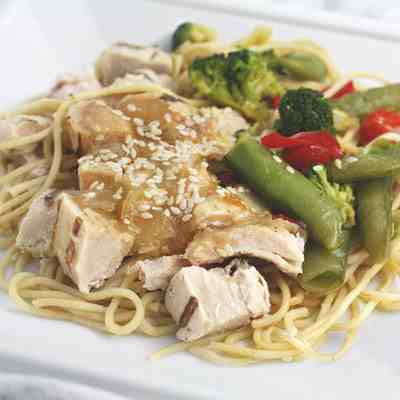On Dialysis? Protect Your Health by Limiting 4 Things in Your Diet

Got a regular appointment for dialysis treatment at home or a clinic? You depend on a dialysis machine to do the work your kidneys can’t, like remove waste, toxins, and excess fluid. But it’s not the only way to manage kidney disease. You can makes changes to your diet to protect your health by avoiding FOUR specific things
1. Potassium
When you’ve got healthy, functioning kidneys they do the work of regulating potassium in your blood.
Your heart needs the right amount of potassium to maintain your heart beat. When potassium levels get too high, the risk for a heart attack or worse goes up. And it doesn’t have to be that way. Some common foods high in potassium you should avoid include:
- Dried fruit
- Bananas
- Avocados
- Kiwis
- Sweet potatoes
- Spinach
- Canned beans
Obviously, you still need to eat healthy foods, including fruits and vegetables. So be mindful of your food choices. Check nutritional information. Eat smaller portions. And check out the Dialysis-Friendly menu for meals made from fresh ingredients.
2. Phosphorus
Do you know what the primary symptoms of too much phosphorus in your blood are? Weak bones and itchy skin. Excess phosphorus depletes calcium levels needed for strong bones, putting you at risk for fractures. Lack of calcium can also cause a skin reaction. Here’s the challenge. Many foods contain phosphorus. Foods highest in phosphorus include:
- Fish
- Pork
- Dairy products
- Chicken
- Beef
- Beans
Even though these foods are high in phosphorus, they’re also a good source of protein. So you have to be mindful of how much you’re eating to limit phosphorus and get enough protein. In some cases, your doctor may recommend taking a phosphate binder to help prevent too much phosphorus from entering your bloodstream. If you’re looking for an easy way to limit phosphorus and get the right amount of protein, check out the Dialysis-Friendly menu of meals.
3. Sodium
How much sodium do you consume? If you’re eating the typical American diet of pizza, french fries, and fast food, it’s about 3.400 mg of sodium per day. And that’s way too much when you’re on dialysis. Excess sodium raises your risk for high blood pressure. And it makes you thirstier (more on limiting liquids in just a sec). Health experts recommend consuming 750 mg to no more than 2,000 mg of sodium per day for people with kidney disease. So how do you do that? Avoid or limit:
- Burgers
- Fries
- Pizza
- Canned foods
- Highly-processed meals
- Condiments, sauces and seasonings
- Processed meats
Look for low-sodium options. Season foods with herbs and spices instead of salt and condiments. And check out the Dialysis-Friendly meals that meet sodium guidelines for people living with kidney disease.
4. Liquids
Healthy functioning kidneys regulate fluid levels effectively. But when you depend on dialysis to do that, the process can only remove so much fluid safely. If you drink too much or eat a lot of fruits and vegetables with a high-water content (like watermelon, grapes, or tomatoes), you may experience:
- Weight, swelling and water retention
- Fluctuations in blood pressure
- Heart-related problems
- Excess fluid in the lungs
- Complications during dialysis treatments
FYI...eating salty foods like pretzels, chips, or salted popcorn and nuts will make you thirstier. Avoid these foods, and keep track of the amount of fluids you’re getting between drinks and food.
When you’re on dialysis, keep your fluid levels in check. And if you need help planning Dialysis-Friendly meals, just check out the menu.



 INSURANCE CUSTOMERS CLICK HERE!
INSURANCE CUSTOMERS CLICK HERE!
